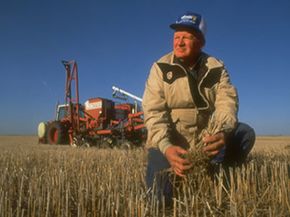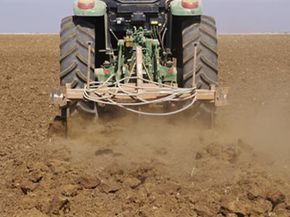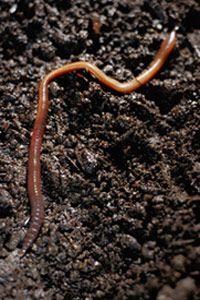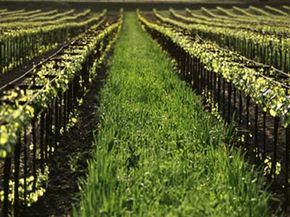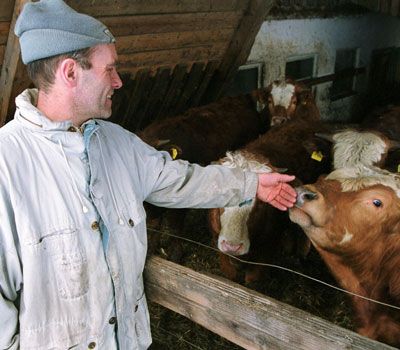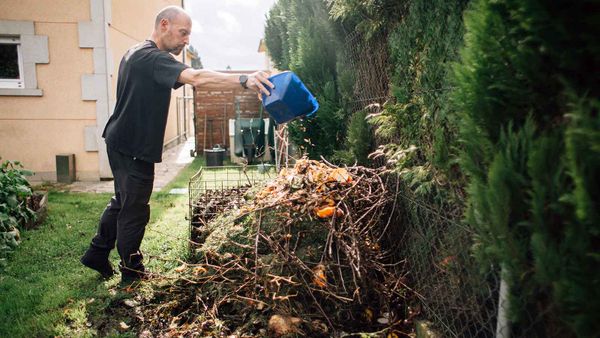If your boss announced that you could get a big raise by working 13 fewer hours per week, you'd be all over it. Anytime doing less work brings more results, most people will jump at the chance. But if you're convinced that a particular chore is necessary to performance, you may be hesitant to mess with the status quo.
Such is the case with no-till farming. Despite the fact that it can often be easier, cheaper and faster than conventional farming, while significantly improving soil quality, it's only practiced on 7 percent of global cropland [source: Huggins and Reganold]. Unlike conventional farming, which relies on plows to loosen and churn up the soil before planting, no-till farming leaves the soil and previous crop residues intact.
Advertisement
Although no-till farmers are currently in the minority, it wasn't always that way. Known as direct-drilling or zero tillage in Europe, no-tillage systems have been used as long as people have been growing their own food. Our Neolithic ancestors used sticks to poke holes in the ground to plant their seeds before the term "no-till farming" was even introduced. Another method of no-tillage, where seeds are thrown on top of the soil amidst a current crop of vegetation and then covered when those plants are cut down, has been used in Latin America for centuries.
But with the introduction of the ox-drawn plow around 4000 B.C., many farmers tossed their sticks aside. The early plow, which consisted of a frame holding a vertical post that dragged through the soil, gave way to more advanced designs with metal blades that could turn the soil completely over once it was broken open.
By helping to control weeds and ramp up production by taking much of the physical labor out of farming, these tools enabled increased amounts of land to be cultivated. Among other things, the modern plow converted the impenetrable sod of the U.S. prairies into one of the most agriculturally productive areas in the world and helped 18th-century Europe avoid famine by controlling quackgrass, a rampant weed.
As is often the case, though, there can be too much of a good thing, and tilling is no exception. The Dust Bowl that destroyed acres of land in the Midwestern United States in the 1930s opened people's eyes to the perils of overworking the soil, and conservation agriculture was born. Farming had come full circle.
Advertisement
